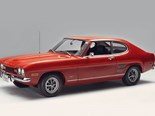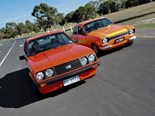Capri Capers - Blackbourn 376



|
Rob Blackbourn on tweaking the tail of the Super Roo
From Unique Cars #376, June 2015
Wrighty’s Ford Capri feature in last month’s issue brought back happy memories from my time at Fomoco’s head office at Campbellfield during the halcyon days of the late 60s to mid-70s
The Capri had struck me as a bit ho-hum when it was launched in 1969. Sure it was a nicely styled coupe powered by the trusty Kent four-cylinder donk, in ‘cooking’ and GT versions. But it looked like a perfect ‘lady’s car’ to me in either version. If you wanted a hot Ford four – a ‘man’s car’ – a GT Cortina was surely the way to go. If you were really flush you could chase down an example of the proper hero-version Cortina, Harry Firth’s Bathurst-winning GT500.
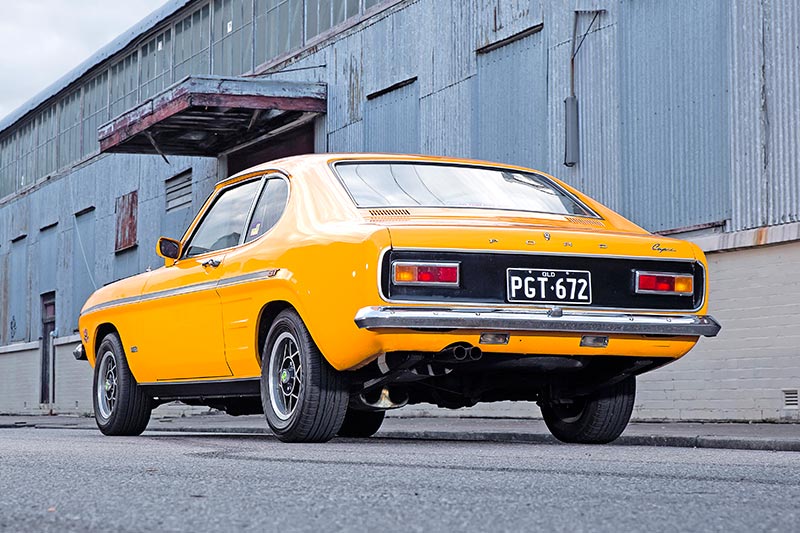
Early in 1970 I changed my tune when the 3000 GT Capri version arrived from the Homebush assembly plant. Capris? Suddenly I was a fan…
The 3.0-litre Essex engine, a compact, 60-degree V6, looked just right set back against the Capri’s firewall. Making bags of torque and 50 per cent more power than a GT1600, it gave the Capri an instant makeover – changing its image from stylish coupe to something like a muscle car.
You didn’t have to lift the bonnet to pick up on the new model’s attitude. The bonnet itself made a statement with the new central ‘power bulge’, matt black treatment and recessed lock-pins. The muffler’s twin outlet pipes also gave a clue. And the ‘Super Roo’ decals on the front guards made their own colourful statement.

On the road it was a pleasingly lively performer. Although it couldn’t match the acceleration and top speed of its 5.8-litre XW GT stablemates, it was a more driver-friendly vehicle and still a genuine performance car for the times. Being lighter it was easier to catch and recover than a big fat V8 Falcon if you pitched it into a corner too enthusiastically.
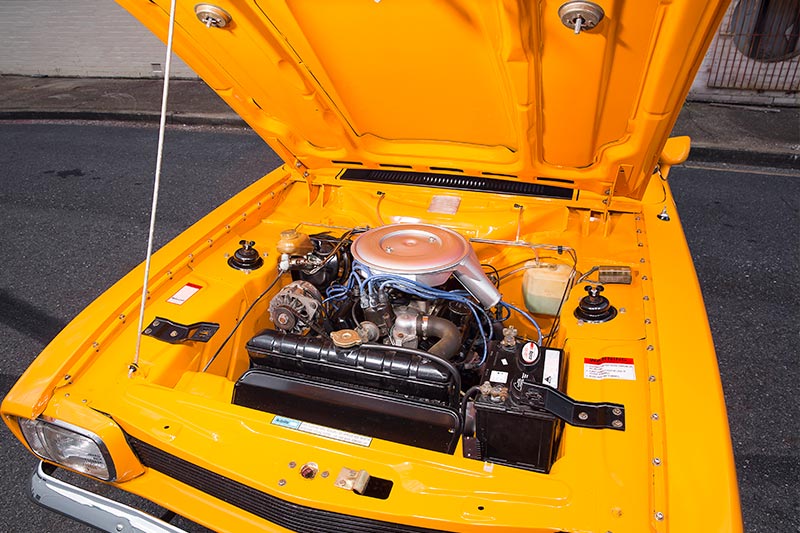
Although its compact engine was well set back it was still a heavy lump (the cast-iron block was designed to be robust enough for a planned diesel version of the engine). This made the V6 Capri stable at speed. If I remember correctly it also gave it a touch of initial understeer (making it feel oddly like a GM product for a moment), before transitioning to oversteer, particularly with encouragement from your throttle foot. Overall its handling was satisfyingly competent and predictable. In those less draconian times you could take a few liberties on the open road. In Victoria you just needed to be alert enough to spot the two black pneumatic tubes stretched across the road ahead to know that Mr Plod had set up his ‘Amphometer’ to catch speedsters. After braking to meet the limit for the sensor tubes you were free to stoke the fire once again. My memory of punting the 3.0-litre Capri in that manner was that flat-knacker in top its twin analogue clocks pleasingly displayed 6000rpm and 120mph (no doubt the speedo was a touch optimistic).
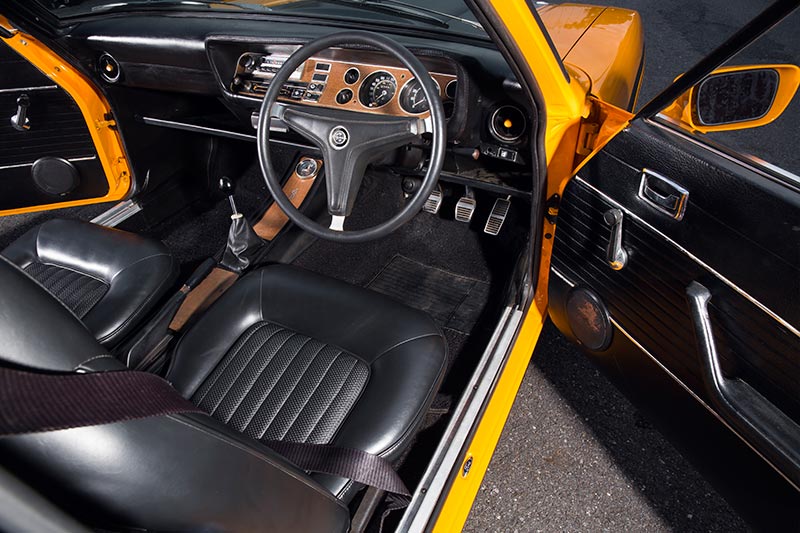
A young chap from accounts, an MGB punter, was very moved at the way I rounded him up one day in the slip road onto the highway near the assembly plant, before rocketing away toward the braking marker (a big tree beside the road) for the entry to the head office car park. After confirming with me that the Capri was standard he lost no time in ordering one.
A particular Capri that had our tongues hanging out was the personal car of the assembly plant’s colourful boss, Don Deveson. Its numerous enhancements included a full twin-exhaust system that howled like an angry angel. Halcyon days, indeed…
Unique Cars magazine Value Guides
Sell your car for free right here
Get your monthly fix of news, reviews and stories on the greatest cars and minds in the automotive world.
Subscribe

.jpg)









